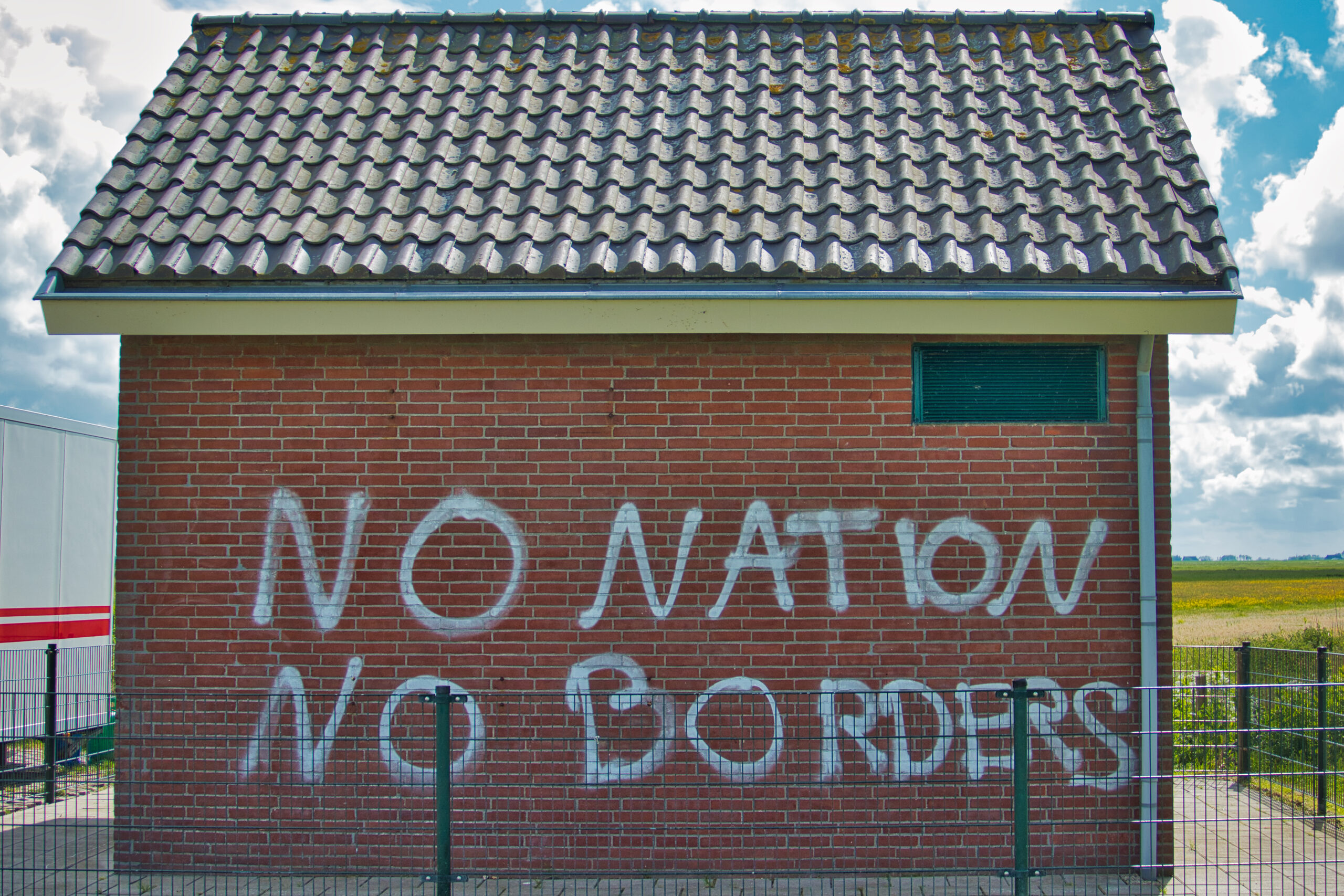Look at the facts before blaming immigration for society’s ills

Instead of blaming immigration for whatever is wrong with Dutch society, people should look at the facts and figures, argue professors Leo Lucassen and Hein de Haas.
On October 22, the Volkskrant published an interview with Jan van de Beek to mark the publication of his book Migratiemagneet Nederland. Mythen, feiten, oplossingen (Migration magnet Netherlands, myths, facts, solutions). In it, he said the asylum-based migration of Muslims from the Middle East and Africa in particular is pernicious, disrupts society and may end in disaster if policies don’t change.
Since Van de Beek is into the business of debunking myths, it may be a useful exercise to fact-check some of his claims.
The crux of his argument is that asylum seekers from far-flung countries are culturally too far removed from Dutch culture to integrate, resulting in marriages within the group, unemployment and over-representation in the crime figures. Their children, too, would be affected and do less well in school compared to other migrants.
Education
But if we look at the research carried out by reputable institutions such as statistics agency CBS and social research institute SCP over the last decades, a different, much more nuanced, picture emerges. It shows that rather than debunking myths, Van Beek is creating them. Take education, for example. The position of children of refugees in schools presents a mixed picture, to say the least, and one in which the children of groups from the Middle East (Iran, Afghanistan, Iraq) are doing remarkably well.
In 2022, 51% of children with a Dutch background was in a pre-college or university school stream. The percentage of children of Afghan parentage (51.2%) and Iranian parentage (50.9%) was almost equal while children with an Iraqi background (41%) were well on the way. The main groups who are lagging behind are children with a Syrian or Somalian background (27% and 23% respectively), partly because they were more often born in their parents’ country of origin.
In short, integration works for many groups of refugees, although it takes time. These figures show that Jan van Beek’s statements are far off the mark and religion (or culture) plays far less of a role than he claims. International research confirms that the level of education of the parents is a much better indicator of how well children will do in school.
Criminality
Let’s now turn to criminality, which is higher, and a result of a big cultural difference, or so Van Beek would have us believe. Here, too, the facts are more nuanced. The crime figures for some groups with a migrant background are relatively high, but the situation is less dramatic than it is painted and has improved rather than deteriorated.
To start with, between 2005 and 2021 the overall number of registered crime suspects among the general population was halved from 1.9% to 0.8%. Among the children of immigrants the decline is similar (from 6.8% to 2.9%), while among the six largest refugee groups it fell from an average of 4.7% to 1.9%.
The problems caused by a small group of asylum seekers from safe countries is real but research by data research centre WODC from 2017 shows that the arrival of a centre for asylum seekers does not lead to more local crime. The situation around the Ter Apel reception centre is therefore not representative of centres as a whole.
Labour market
The labour market situation is a cause for worry but not nearly as catastrophic as Van Beek claims. Lower participation is a fact but is to a large extent due to much too long asylum procedures and the accompanying ban on working.
As soon as that hurdle is taken, the number of people in work rises steadily while the number of people on benefits falls correspondingly. We see the same picture for people who arrived in the second half of the 1990s. Most eventually found work but could have done so much sooner with a more encouraging government policy.
These developments fit into a general picture showing that children of migrants with a low level of education from Morocco, Turkey and Suriname have made great leaps in education and labour participation.
There are problems, of course. Concerns about the lack of integration and relatively high number of benefit recipients among the second generation from these groups are justified. But what we need in a debate is nuance, not selective fact-shopping.
Scapegoating
Van de Beek’s one-sided and pessimistic vision is not supported by the facts he claims to find so important. And by airing them, he is lumping whole population groups together and feeding a mood of scapegoating in which every single Dutch problem – from criminality to the housing crisis – is blamed solely on immigration.
To get to grips with the problems and contribute to a more human, equal society we need to zoom in and discover the grey areas. It’s the only way we can get rid of the simplistic and polarising pro/anti frame and, at the same time, lay the groundwork for more effective policy.
Leo Lucassen is research director at the International Institute of Social History and professor of Global Labour and Migration at Leiden University. Hein de Haas is professor of Sociology at the University of Amsterdam and director of the International Migration Institute.
This opinion piece was published earlier in the Volkskrant
Thank you for donating to DutchNews.nl.
We could not provide the Dutch News service, and keep it free of charge, without the generous support of our readers. Your donations allow us to report on issues you tell us matter, and provide you with a summary of the most important Dutch news each day.
Make a donation